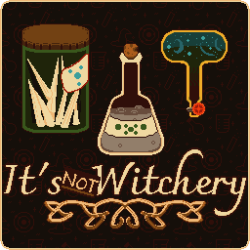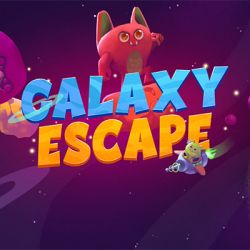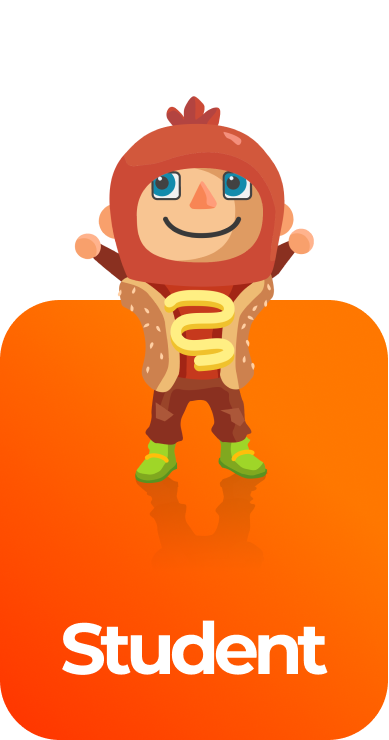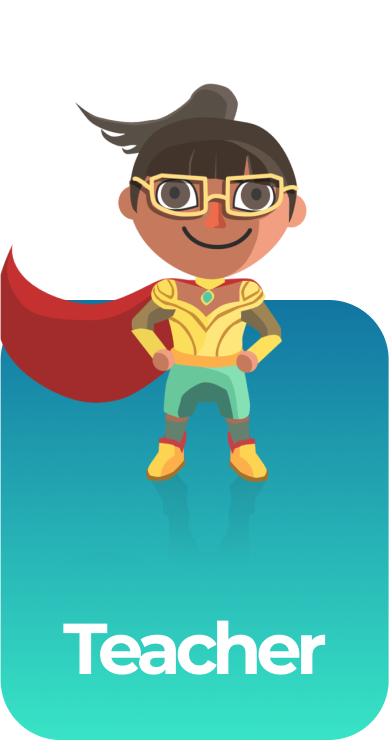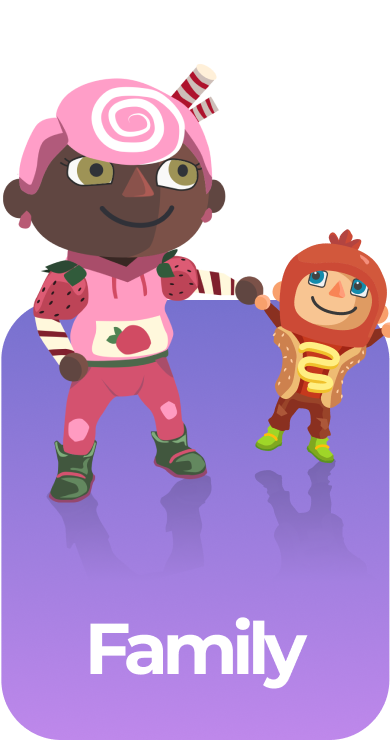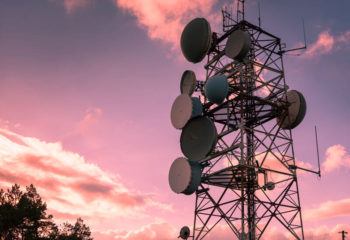Chemical Reactions: Evidence of a Reaction Science Games
9 gamesIn this series of games, your students will learn how to determine whether a chemical reaction has occurred. The Chemical Reactions: Evidence of a Reaction learning objective — based on NGSS and state standards — delivers improved student engagement and academic performance in your classroom, as demonstrated by research.
Scroll down for a preview of this learning objective’s games and the concepts they drive home.
Concepts Covered
During a chemical reaction, bonds are broken, atoms are rearranged, and new bonds are formed. Substances can be broken apart, joined together, or some combination of the two.
The substances entering the reaction are called reactants, and the resulting substances, with new chemical formulas, are called products. Usually, the products take on different physical properties from the reactants, such as density, color, melting point, boiling point, odor, physical state, solubility, and flammability.
Along with these physical changes, there are other telltale signs that a chemical reaction has occurred. Some examples are temperature changes to the substances or their surroundings, release of gas, separation of liquids, precipitation or dissolution of solids, and more.
Human-made materials, or synthetics, are created by transforming natural resources in chemical reactions. These include some foods, medicines, fabrics, fuels, cleaning products, and much more.
Many chemicals are harmful to humans, and some reactions can be dangerous. It is important to take certain safety precautions in laboratories. Scientists wear protective gear, such as goggles, gloves, and lab coats, and they always use equipment properly to ensure their safety.
A preview of each game in the learning objective is found below.
You can access all of the games on Legends of Learning for free, forever, with a teacher account. A free teacher account also allows you to create playlists of games and assignments for students and track class progress. Sign up for free today!



